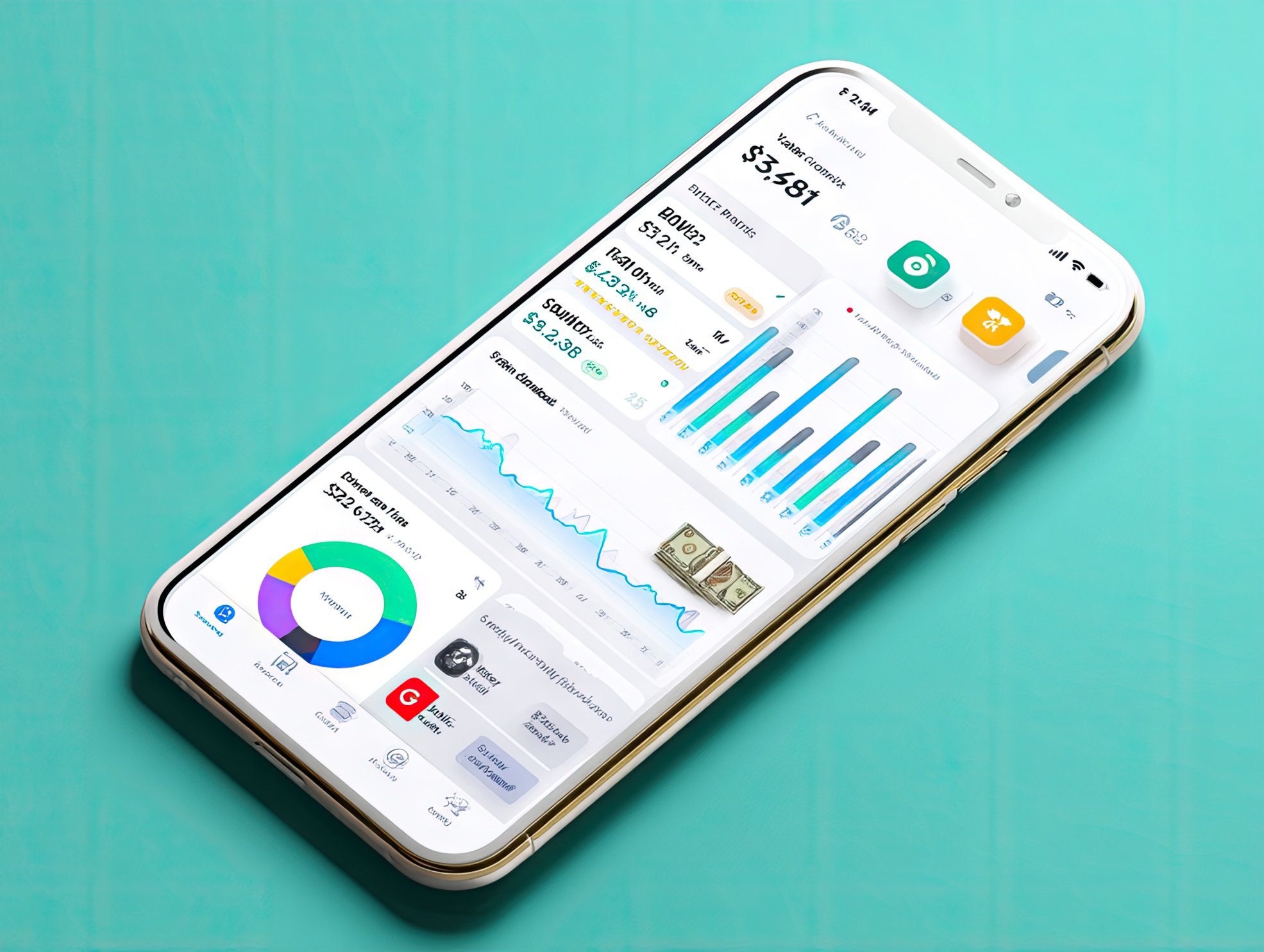From streaming platforms and mobile apps to productivity tools, digital news, and grocery delivery services, the modern consumer lives in a world powered by subscriptions. These monthly charges—marketed as convenient and affordable—can quietly balloon into a budget-busting problem. While they promise ease of use and ongoing value, many subscriptions fade into the background, charging users for services they rarely use or have completely forgotten about.
What may start as a $9.99 streaming service or a $12.99 fitness app can quickly spiral into hundreds or even thousands of dollars a year. Worse still, many of these subscriptions have opaque billing terms, difficult cancellation paths, and automatic renewals that trap users in long-term payments they didn’t plan for.
According to a 2024 study by C+R Research, consumers significantly underestimate their spending on subscriptions. While most believe they spend under $90 a month, the real average is closer to $219—adding up to over $2,600 per year. This guide breaks down the most common signs of subscription traps and shows you how to identify and eliminate them from your financial life.
Why Subscriptions Are Everywhere
The subscription model has become a favorite across nearly every industry—from entertainment and education to wellness and finance. For businesses, it ensures predictable revenue. For consumers, it often provides easy access to services, exclusive content, or cloud-based convenience.
But that convenience comes at a price. Subscription services like Netflix, Spotify, and Amazon Prime count on user inertia to drive profits. Even apps for productivity (Notion, Microsoft 365) and design (Adobe Creative Cloud) hook users with trial offers that auto-convert to paid tiers, hoping you’ll overlook or ignore the recurring charges.

5 Signs You’ve Fallen into a Subscription Trap
1. You’re Paying for Services You No Longer Use
That meditation app, recipe planner, or digital magazine might still be billing you—even if you haven’t used it in months.
2. You Forgot to Cancel a Free Trial
Free trials often turn into paid subscriptions unless you actively cancel. These transitions can be easy to miss if you’re not tracking them.
3. The Cancellation Process Is Confusing or Onerous
Some services require multiple steps or even customer service calls to process a cancellation. This friction discourages users from leaving.
4. You Didn’t Notice Price Hikes
Many companies quietly raise their subscription prices. These increases might appear in a single email or in the fine print of your next invoice.
5. You’re Paying for Redundant or Overlapping Subscriptions
Multiple cloud storage accounts or overlapping streaming services can add up quickly—especially if you’re only using one regularly.
How to Uncover Hidden Subscription Costs
Step 1: Review Your Statements
Start with your bank and credit card accounts. Look for charges that repeat monthly or annually. If something seems unfamiliar or unnecessary, investigate further.
Step 2: Scan Your Email Inbox
Search for terms like “subscription,” “receipt,” “auto-renew,” or “trial period” to surface old signup confirmations or renewal alerts.
Step 3: Use a Subscription Tracker
Apps like Rocket Money, Trim, and Bobby can help automate the process. These tools identify subscriptions, categorize spending, and even assist with cancellations.
Step 4: Check App Store and Web Subscriptions
For mobile purchases:
Also check platforms like PayPal and Stripe for subscriptions linked to your email.
How to Stop the Bleeding
Set Calendar Reminders for Trials
When starting a trial, immediately set a calendar alert 1–2 days before it expires to remind you to cancel.

Cancel Inactive Subscriptions Promptly
As soon as you notice an unnecessary subscription, cancel it right away. Many people put this off and continue to be billed.
Downgrade If You Still Need the Service
If you want to keep a service but pay less, explore their pricing tiers. Options like Hulu with ads, YouTube Premium Lite, or Dropbox Basic offer lower-cost plans with fewer perks.
Use Virtual Credit Cards for Risk-Free Trials
Privacy.com lets you generate virtual credit cards for specific subscriptions. These cards can be disabled after use, preventing future charges.
Share and Consolidate Where Possible
Group or family plans are often more economical. Spotify Family, Apple One, and Google One all offer multi-user plans that reduce costs per person.
Turn Off Auto-Renewal
Disabling auto-renew forces you to reevaluate each subscription when it ends—giving you control rather than handing it over to a billing algorithm.
Conclusion
The subscription economy can bring value and convenience—but only if managed wisely. Left unchecked, recurring payments can turn into silent drains on your budget. By taking time to audit your subscriptions, cancel those you no longer use, and implement tools for monitoring, you can put a stop to the financial erosion caused by unnoticed renewals.
With better awareness and a few simple safeguards, you’ll not only reduce wasteful spending—you’ll also create more room in your budget for the things that truly matter. Start your subscription audit today and take one more step toward smarter, more intentional spending.
Join the Cosmic Meta Community!
Stay ahead of the tech curve with expert insights, cutting-edge trends, and practical tips delivered straight to your inbox. Subscribe now and unlock the power of the digital age!





